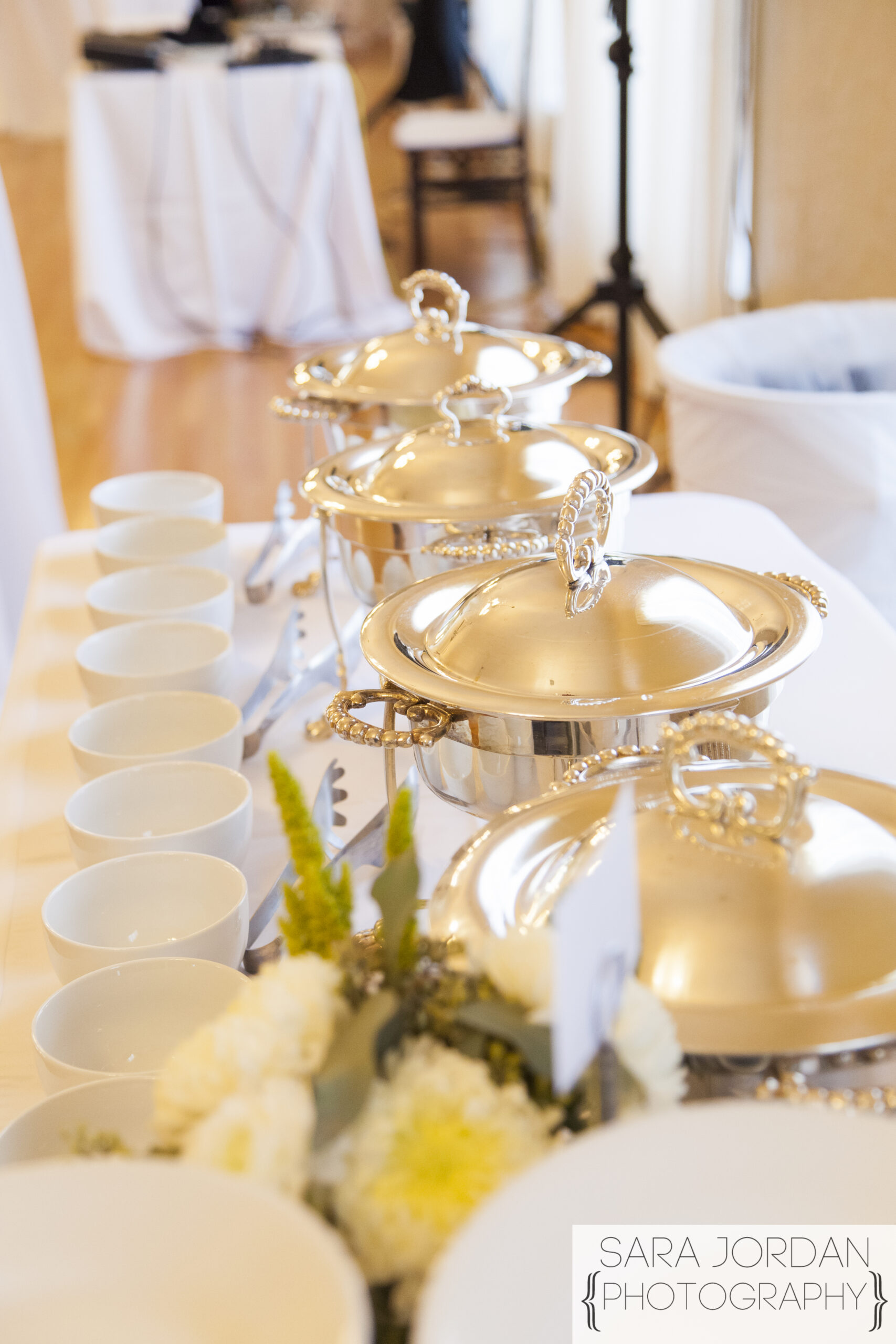Dietary preferences are continually changing in these United States, and largely in response to increased dietary knowledge within the population at large. Portion sizes now lean towards smaller servings, nutrition information is now a fixture on nearly every packaged food item and restaurant menu in the country, and every calendar day of the year is home to yet another revelation as to which foods are to be avoided by the health-minded, to say nothing for which “superfoods” should be incorporated into one’ diet posthaste.
With the evolving American diet front of mind, there scarcely seems room in the national conversation for the proper way to set up a buffet. The reason? Buffets are generally dismissed as lowbrow food troughs which contribute to the already pervasive problem of overeating. Calorie and carbohydrate barrels with little to offer the sophisticated epicureans amongst us.
Indeed, the word “buffet” itself is enough to summon images of fried foods by the metric ton, various fat-rich slaws, butter-saturated mashed potatoes, and dessert carts of decidedly questionable quality. But as is the case with so much in life, form and substance are distinctive characteristics deserving of their own consideration and evaluation.
And while buffets have perhaps historically been the province of lackluster cuisine, and thus deserving of the lingering reputation, the stigma need not persist when a skilled caterer is introducing the proper way to set up a buffet. Provided the buffet in question consists of healthy cuisine, the format via which said cuisine is served is of little consequence. Which is to say, those planning a large gathering of some sort might consider both the proper way to set up a buffet and outsourcing the buffet’s arrangement to a celebrated professional.
Buffet Setup Recommendations
Multi-Table Setup
The term “trough” is used above in a largely pejorative context, and consciously so. Buffets exist in the popular imagination as endlessly long tables from which diners can load up their 18” diameter plates with a cornucopia of decadent foods and accompanying gravies. Side-step the (perhaps unfair) notion entirely by arranging your own buffet with a series of smaller tables, each of which might be specific to a particular category of cuisine.
While the center table might feature entrees, another might be exclusive to breads and salads. Likewise, dessert and beverages merit their own real estate in this recommended arrangement, as do appetizers and hors d’oeuvres. Work closely with your caterer in designing your respective layout, but yield to experience and expertise when necessary.
Regional Variety
Buffets, regardless of where they fall on the quality spectrum, are universally celebrated for the sheer range of foods on offer. Whereas a standard menu ordering experience limits the diner to a sole entrée, a side salad, and perhaps a round of complimentary bread, buffets are restricted by no such limitations. And while there are indeed portion control risks which should be weighed (so to speak) accordingly, much of this depends upon the size of the servings in question.
Provide your guests with a wide swath of regional cuisine selections and ensure no discerning palate goes unsatisfied. Sushi, assuming it is of a fresh sort, is a terrific addition to any buffet arrangement, and its typically favorable nutritional profile will be well received by health-minded guests. One might also use the occasion to explore options of a more esoteric sort. African, South American, and Indonesian menus have much to offer and should be vetted for their compatibility with the host’s vision, budget, expectations, et cetera. Regardless of what specific foods populate one’s tables, allow “variety” to serve as the entertainment watchword.
Circulation
Keep proxemics in mind when arranging the buffet. One of the limitations which plagues the traditional long table setup is its crippling dependence upon the principle of the line. Even a fairly well moving buffet line is still, to the dismay of millions throughout recorded history, a line, and is therefore restrictive in more ways than can be comprehensively listed herein. Space out the tables in such a way as to allow for both easy locomotion between each and complete access to the table’s entire perimeter from any angle of approach.
This will ensure a more favorable food procurement and dining experience for one’s guests, while keeping movements unhindered. Affording one’s guests this relatively modest and intuitive luxury will allow for the buffet’s food to take center stage while eliminating the risk of lines forming anywhere in the vicinity. That in and of itself will hinder any negative comparisons to traditional buffet arrangements.
Looking for more buffet planning ideas? Contact Made by Meg today to discuss your event.














